The COVID-19 pandemic turned a lot of people’s lives upside down. Between losing their jobs, working from home, and needing to isolate indoors, many lost a sense of the routine. Whether they wanted to or not, people simplified their schedules and spent their time differently. Since it’s safer to socialize and gather outdoors, many people are spending more time outside in natural areas.
Many parks, protected areas, and nature preserves have seen a surge in visits since the start of the pandemic. In Texas, urban park visitation rose between 30-75% in a single month, while some trails saw three times more people. A study from the University of Vermont found that 70% of park visitors felt strongly that access to nature was important during COVID. Meanwhile, 81% of visitors reported that they were spending more time in nature than before the pandemic. In Norway, outdoor recreational activity increased by almost 300% during lockdowns.
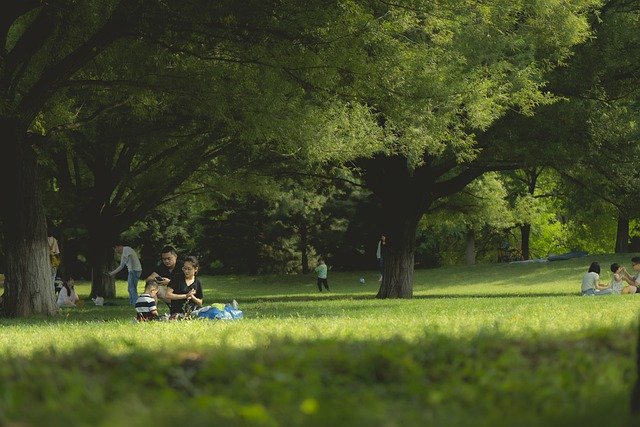
This sudden increase in outside time reverses long trend of people connecting less and less to nature. Use of campgrounds, fishing areas, and hiking trails has decreased every year in Europe and the U.S. since the 1990’s. In other words, until recently, people had been spending less and less time in nature. Now, they seem to be enjoying wild spaces more than ever.
A New Connection with Nature
A big part of this surge in nature recreation comes from outdoorsy people increasing their time outside. Importantly, the rest has been a great number of new nature lovers. Many people who barely spend time outside are now finding ways to appreciate and enjoy wildlife and outside spaces. According to one study, more than a quarter of U.S. park visitors during COVID hadn’t visited parks in previous years.
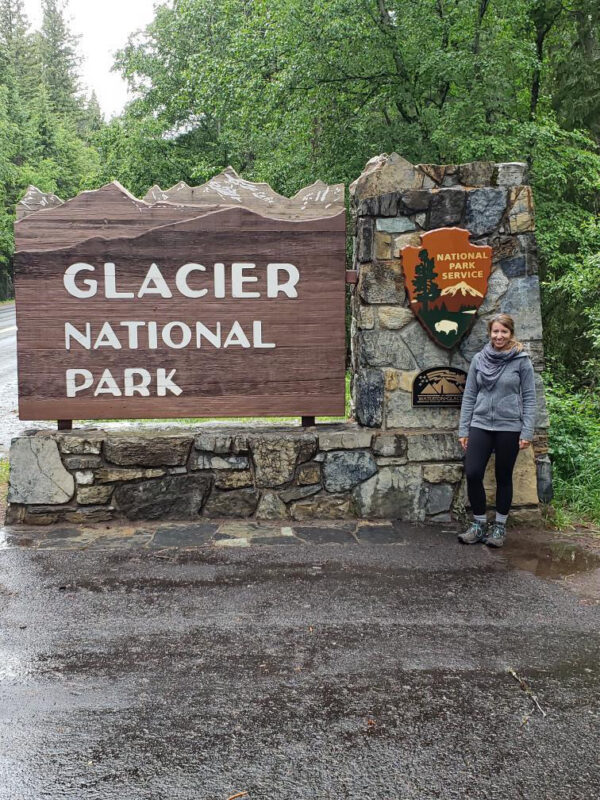
With so many people taking more time to enjoy the outdoors, it’s worth thinking about how to get the most out of that time. This is important for people who are experiencing nature for the first time, and learning how to enjoy it. One the other hand, helpful tips can help experienced nature lovers deepen their connection with the outdoors.
This post is the first of a series I’ll be writing to give concrete advice for enjoying time outside. This includes habits to learn more, be more comfortable, and find experiences that keep you happy and healthy. Everyone should have access to the wonders of the natural world. Sometimes, all it takes is a little help to find your wild corner of the universe.
1. Get the Right Clothes
As with any social event, a date with nature goes best when you’ve got the right kind of outfit. The difference is that being comfortable matters more than looking nice.
Spending time in temperature-controlled spaces for people, we tend to forget that conditions can change quickly outside. You can be too hot one moment, or shivering from a breeze the next. Temperatures can change from cool to hot depending on the time of day and the environment you’re in.
For example, cloud cover, shade from trees, and the amount of sunlight will change the temperature you feel considerably. Additionally, a lot of popular outdoor activities like hiking and mountain biking involve some physical strain. This means you’ll want something that can handle sweat.

Depending on where or when you spend time in nature, you’ll want to think about clothes that can get wet. This is important if you want to go out early in the morning, or after a rainstorm. Even if you don’t get rained on, walking through wet grass or other vegetation can give you quite a soaking.
Layers!
It’s smart to wear multiple layers, or even bring a few with your car or in a backpack. That way, you can change into dry clothes when things get wet, and add layers if you get cold. I’m usually bundled up for early morning nature trips, but remove layers as it warms up throughout the day. Having at least one waterproof or rain-shell layer is generally a smart idea in case of even temporary wet conditions. These don’t weigh much, so it doesn’t hurt to have one in your backpack just in case.
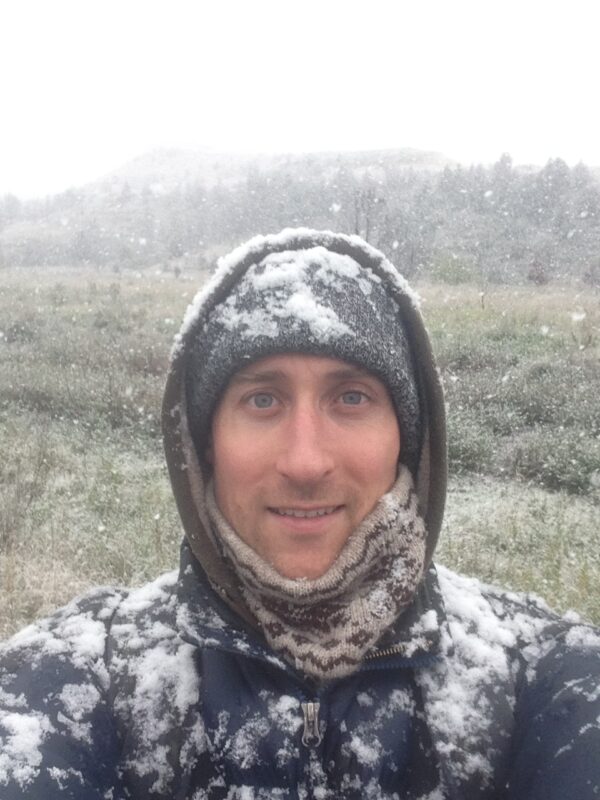
No Cotton!
Experienced outdoorspeople are always quick to bring up the refrain “Cotton kills”. This is obviously a bit extreme, but it’s easy to remember and makes an important point. Although cotton clothing is cheap and convenient, it is a poor insulator when it gets wet. In other words, if you get sweaty or get a surprise rainstorm, you will get cold very quickly!
Synthetic clothes like microfleece or spandex dry quickly and provide some protection from the cold, even when they are wet. Wool is a low-tech alternative that also keeps you warm when its wet. However, it can have a higher price tag.
Tip: If fashion isn’t your priority, you can find cheap sweaters at thrift stores. They might not look great, but they’ll keep you warm and you can wear something over them.
2. Hydrate
All living things need water. Humans are no exception! Even if its relatively cool outside, having some water along is never a bad idea. Although you’re not sweating, you will still be losing water very time you breathe. As a result, spending any long amount of time outside will eventually mean getting thirsty.
Getting dehydrated can mean headaches, muscle cramps, and difficulty thinking. This can really cramp your enjoyment of the outdoors! Meaningfully connecting to nature is easier when you have a drink along and can take your time. Emergencies also happen, like getting lost in a remote outdoor area. In cases like these, people can only survive a couple of days without water. For longer trips or ones further from developed areas, packing enough water is essential.
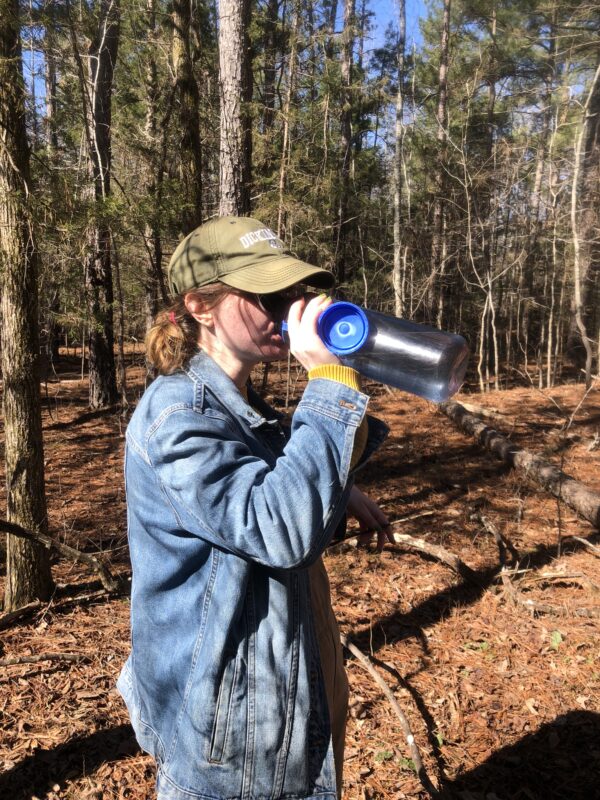
Tip: If you drive to some of your nature adventures, keep a spare bottle of water in your vehicle. That way, even if you don’t pack enough water, you can get a drink before you head home. You don’t want to drive dehydrated, either!
3. Bring Snacks!
Just as with drinking, going too long without food can be problematic outside. In a best-case scenario, getting hungry and cranky could certainly mean that you get less satisfaction from your nature experience. It’s easier to get more from nature when you aren’t focused on your tummy rumbling.
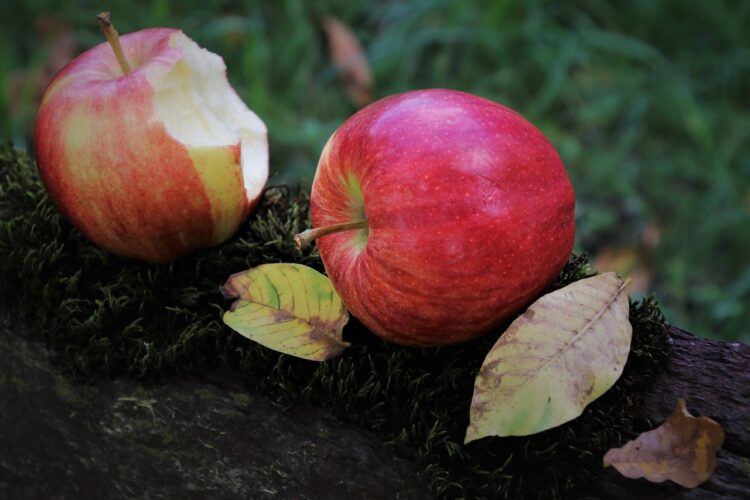
At worst, starvation is always possible in an emergency situation, although not as urgent a risk as dehydration or getting cold. If you plan on bringing snacks in a backpack, it’s best to find things that don’t squish or leak easily. Soft fruits like bananas or peaches can be risky, but apples are a better bet.
High-protein or high-fat foods like nuts, seeds or jerky can keep you feeling full longer.
Tip: Bring a sealable bag or other container to hold your food waste or wrappers. This will keep you from accidentally leaving trash behind after your visit.
4. Engage Your Senses
Perhaps the most important thing a naturalist does is notice things. Anyone spending time outside can practice this skill just be standing still for a moment. Whether or not you consider yourself a naturalist, paying attention and perceiving what’s around you is the best way to have a great outdoor experience. The number of bird species calls you can identify or plant books you’ve read less important. What matters in the moment is whether you can relax your mind and take in the sights, sounds, and smells around you.
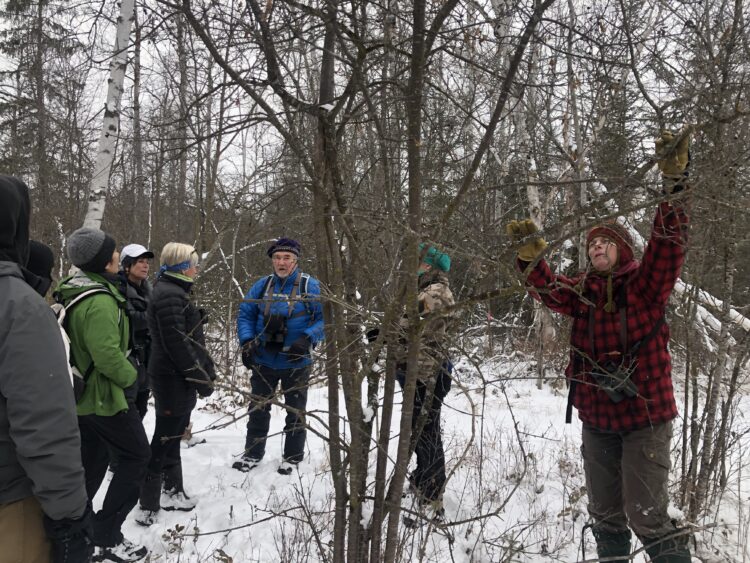
Different senses will lead you to different organisms and different happenings in nature. For example, if you’re using you sense of sight in the summer, you’ll probably end up finding wildflowers, butterflies, and certain species of birds first. These types of wildlife will be either brightly colored or moving around out in the open. Following your ears might lead you to songbirds, perhaps ones that you might not have noticed otherwise. Smell might lead you to certain soils, grasses, or trees with aromatic resins.
Tip: Our eyes tend to naturally gravitate toward focal points in the center of our vision. Try “softening your gaze” when looking around in a natural area. This means reducing your level of focus and letting your eyes drift, noticing things in the periphery as well as what’s in front of you. Softening your gaze will help you notice things that you might have otherwise accidentally ignored.
5. Put Your Phone in Airplane Mode

Mobile phones have done a lot to enhance our outdoor experiences. There are apps for identifying bird songs, all sorts of wildlife from photos, and constellations in the night sky. Increasingly powerful phone cameras help people take incredible shots without lugging around huge lenses. Increased connectivity in cellular networks makes experiences in remote areas safer. It’s harder to get lost, and help is often just a call away.
It’s great to have your phone with you outside, but it can also be a tremendous distraction. Smartphones and social media tend to demand a lot of our attention. Because of this, its best to use them sparingly outside to avoid losing the restorative psychological benefits of the experience. It’s harder to notice things and immerse yourself in nature when you’re worried about a text you just got from a friend.
My solution to this problem has been to keep my phone in airplane mode while I’m outside. It helps conserve battery, and I can still use the camera to take pictures for later. Many useful outdoor apps can be used in offline mode, and allow uploading data or pictures when you reconnect later. Without my phone as a constant distraction, I always see, notice, and enjoy more.
More tips for your time outside ahead!
Are you looking for more nature tips and advice? Have other questions about finding ways to build on your nature experiences? Let me know on the Contact page, Gulo In Nature is here to help!

